Let us invest in art not just because it looks good—but because it does good. Because it brings cities alive. Because it reminds us that transformation is not only structural—it is emotional, cultural, and collective.
I stood on a hillside in the Comuna 13 neighborhood of Medellín, Colombia, where color burst from walls and rhythm pulsed through alleys. Once infamous for violence, this neighborhood now thrives with the energy of breakdancers, artists, and muralists—its transformation fueled not by policy alone, but by paint, performance, and people power.
Months earlier, I found myself wandering the halls of Dakar’s Former Palace of Justice, immersed in Senegal’s Biennale—the African continent’s premier contemporary art festival. There, African and Afro-descendant artists reimagined futures through sculpture, photography, paintings, and design. From Colombia to Senegal, what I witnessed affirmed a truth I carry deeply: art is not a luxury. It is how communities breathe life into their cities, tell their stories, and build futures rooted in memory, resilience, and joy.
As someone who’s spent decades working at the intersection of planning and racial equity, I know systems don’t change through plans alone. Sometimes, transformation begins with a drumbeat, a mural, a moment of beauty—with creativity.
The Dakar Biennale: African centered and future facing
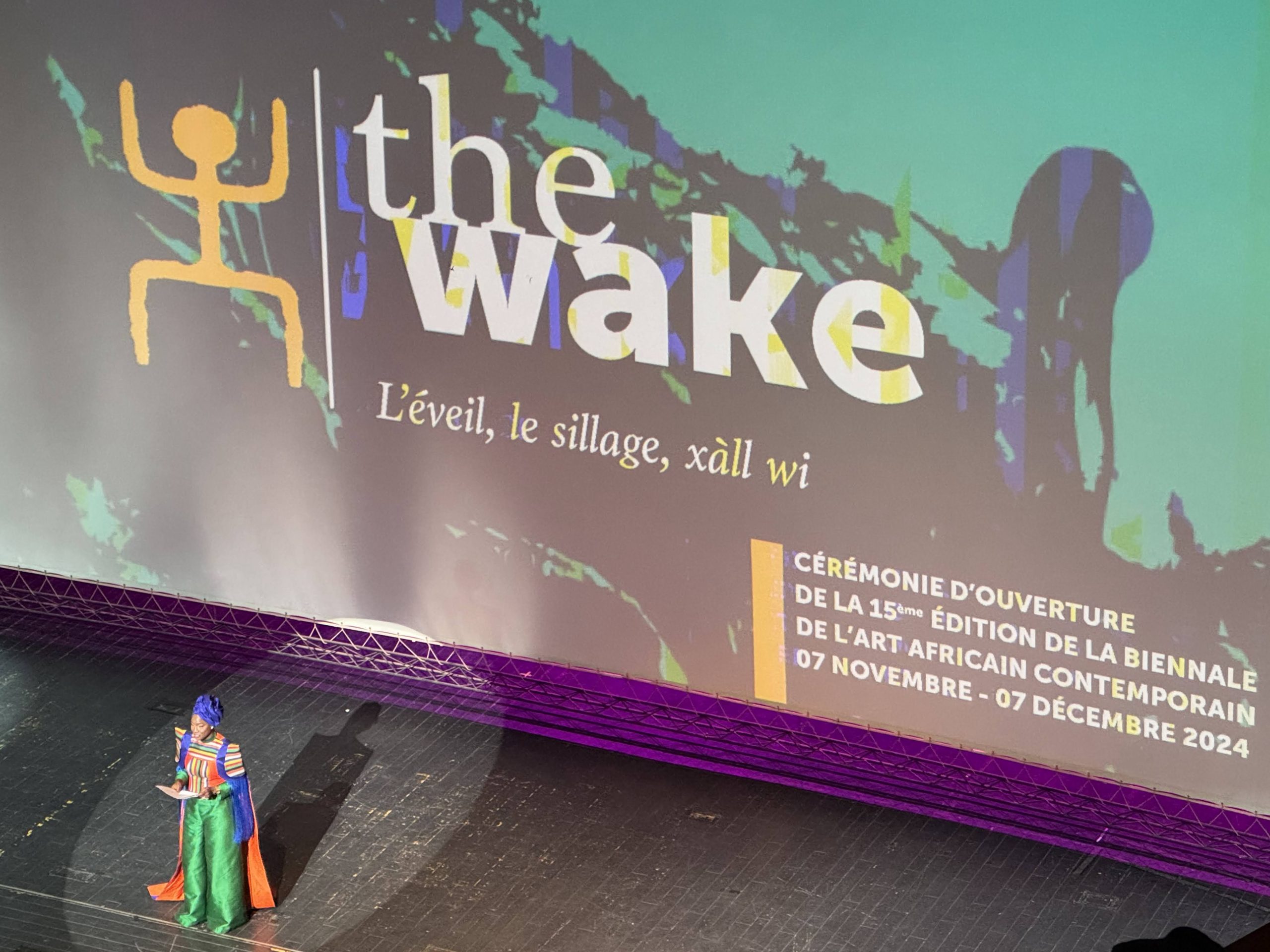
Photo: Ebony Walden
In November 2024, I arrived in Dakar at the beginning of its month-long festival, The Biennale. The city buzzed with artists and curators spilling from galleries into coffee shops, restaurants, hotels, and beaches. Art lived everywhere—not just in the 58 official exhibits in the Palace of Justice but in textiles hanging from balconies, in outdoor performances, and community-driven exhibits in the Dak’Art Off scene.
The theme was “The Wake”, inviting artists to explore awakening what must be remembered, and what must be remade. The work was bold—tackling colonialism, climate, identity, and migration. But more than that, it was centered. Centered on African experience. African excellence. African visions of what is possible. It invites Africans to reclaim their cultures and embrace reinvention.
Two exhibits stood out.

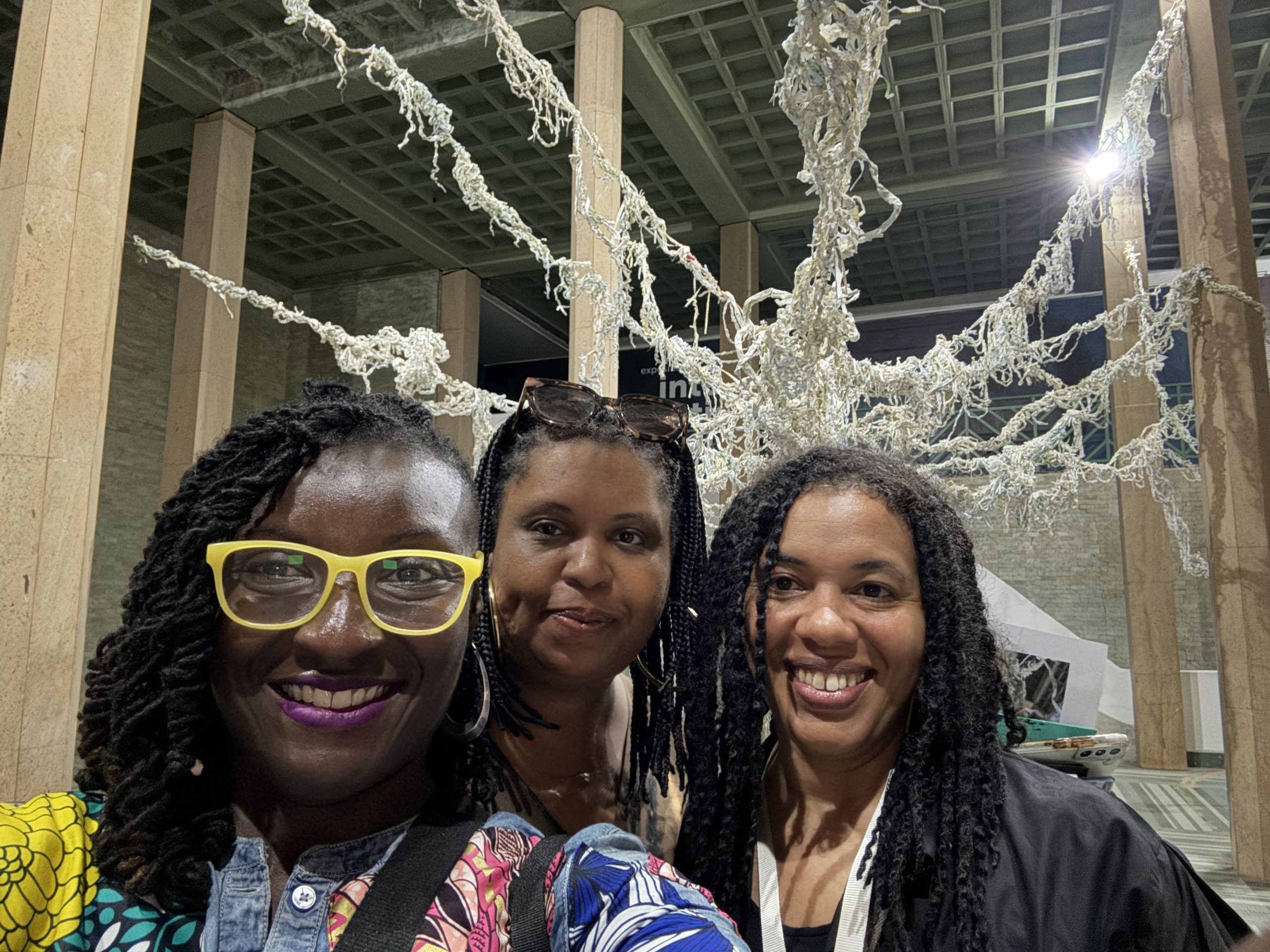
One, by UK-based artist Sonia Barrett, featured Map-lective, an immersive piece that shredded colonial transatlantic trade maps and reimagined them as braided aerial sculptures. Where once maps plotted routes of exploitation—of people and places—her work transformed them to do the cultural work they disrupted. It was a powerful reclaiming of space, memory, and meaning.
The other, Safa Saphela by South African artist Siwa Mgoboza, was arresting—a sculpture of a Black figure with hands raised, surrounded by whips. It was a visceral reflection on the violence inflicted on Black bodies in South Africa and beyond. That piece didn’t just make you look. It made you feel. This was art as testimony. Art as resistance. Art as a necessity.
The Biennale is more than an event—it is a vision. It turned Dakar into a city-wide canvas that makes you feel more connected to your humanity and the African continent’s creative power.
Comuna 13: From trauma to tourism through art

Photo: Ebony Walden
Just a few months later, in February 2025, I found myself in Medellín, Colombia—another city where art has transformed pain into possibility, rewriting the narrative from the ground up. Comuna 13 sits on the hillsides of Medellín, a city once notorious for cartel violence. In the 1980s and ’90s, this neighborhood experienced heavy militarization, gang warfare, and loss. But in the early 2000s, something shifted. Community members, especially young people, began reclaiming their space with paint and purpose.
Murals now cascade down the steep staircases and alleyways, each telling a story of memory, life, and rebirth. What began with paintings to honor those killed has blossomed into a global arts destination. Hip-hop dancers and emcees animate the streets, outdoor escalators make the terrain more traversable, and economic opportunities have followed.
But what moved me most was a house transformed into an art installation. The first room, painted entirely in midnight blue, depicted the past: bullets flying, orphaned children roaming alone, guns in hand—a space filled with trauma and violence. The next room burst with color: kids smiling, puddles of paint on the floor, joy radiating from the walls. The contrast was striking. This wasn’t just visual storytelling—it was soul work. A neighborhood reclaiming its past and rewriting its future.
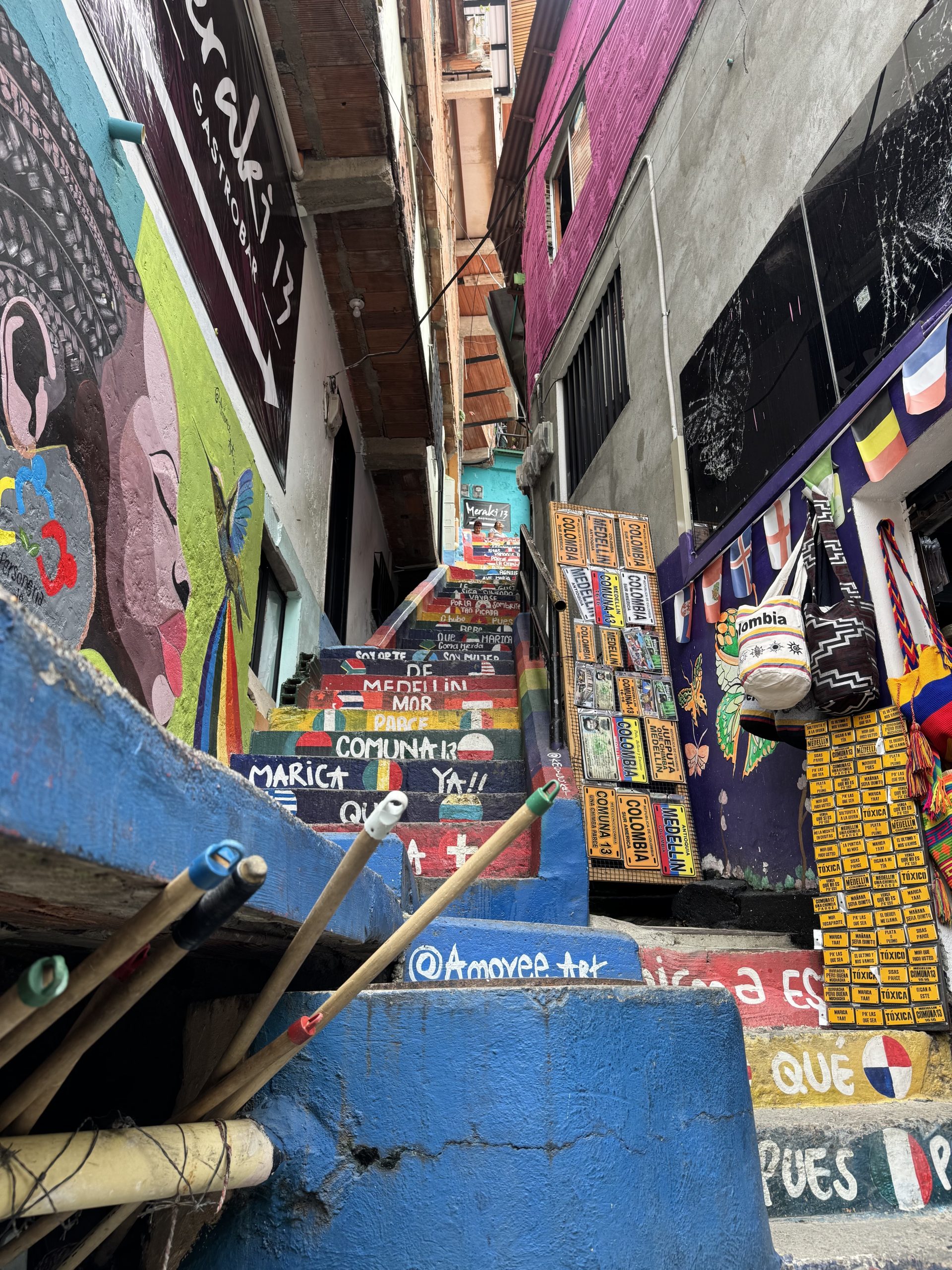
Photo: Ebony Walden
In Comuna 13, art doesn’t just decorate. It demands new narratives. It has turned grief into growth, violence into vision.
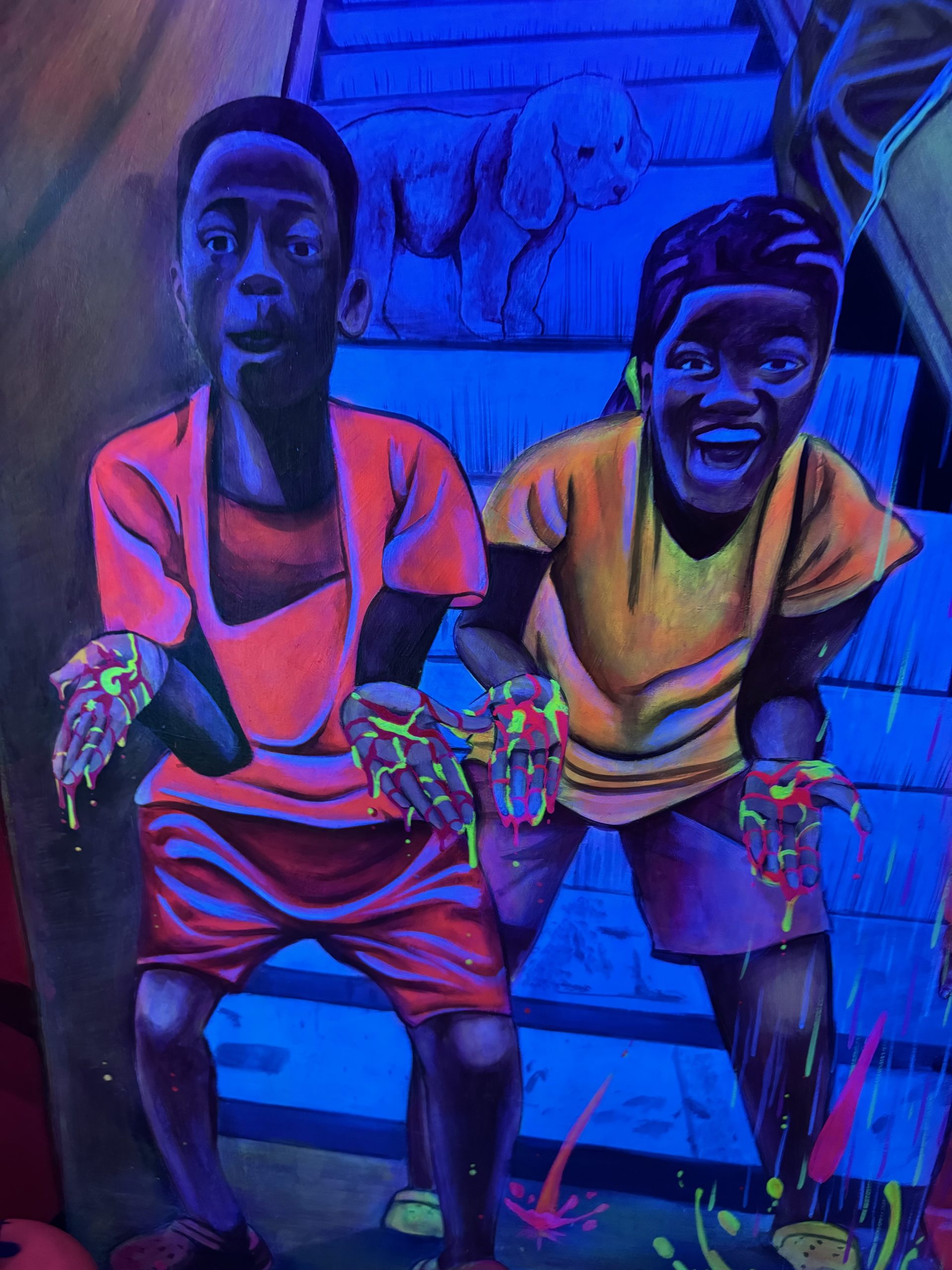
Photo: Ebony Walden
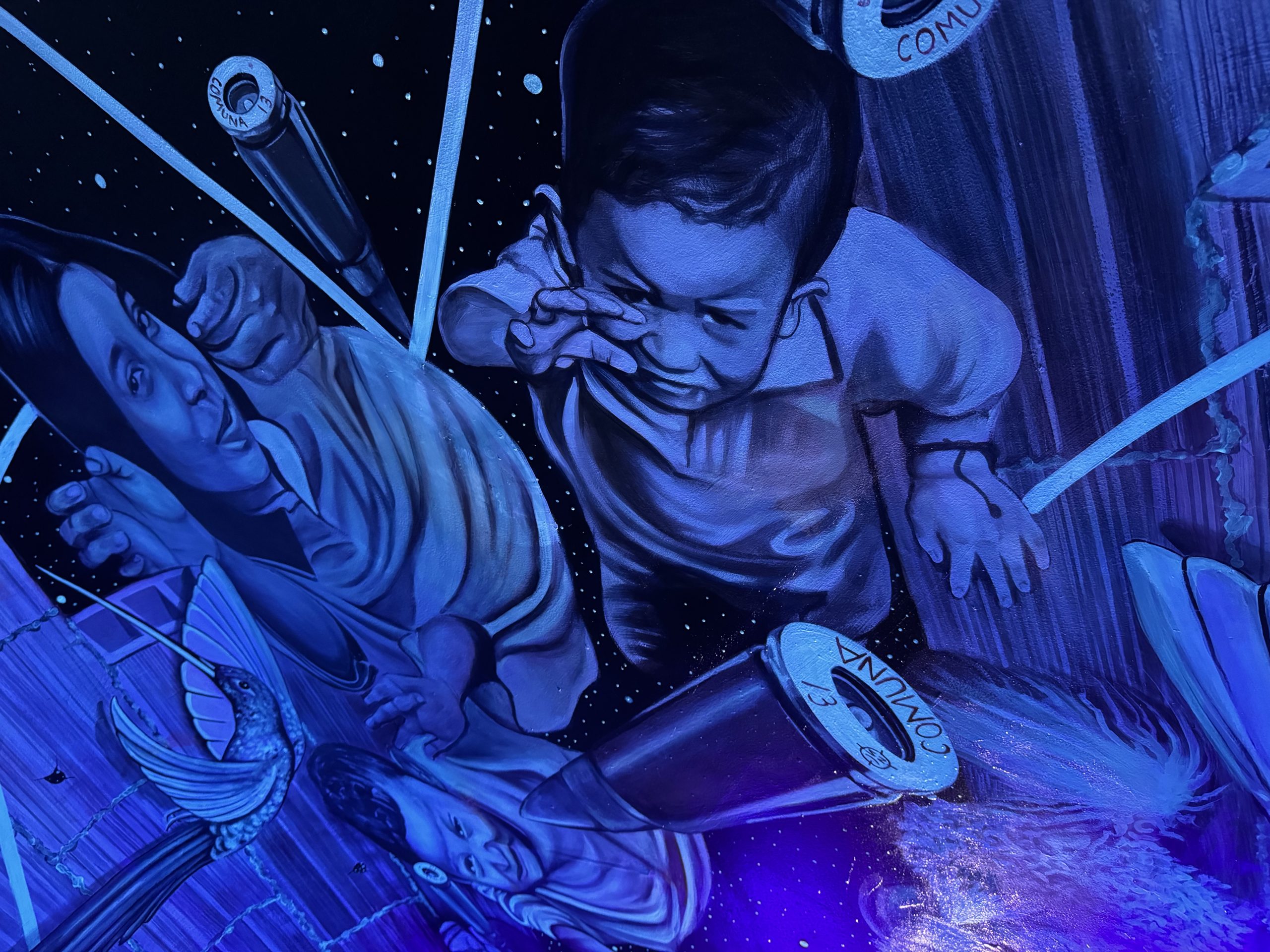
Photo: Ebony Walden
Across the Diaspora: A shared creative language
While Dakar and Medellín are oceans apart, the connections are unmistakable. In both places, art became the bridge—between pain and possibility, history and hope, invisibility and dignity.
Artists in these cities are memory keepers and futurists. They surface erased histories, center community voice, and dream out loud. What’s more, the art is public, participatory, and alive—not confined to official galleries, but wrapped around poles and sprawled across staircases, and taken to the streets. It invites residents to see their city with new eyes and challenges visitors to witness with intention.
This is art as belonging. As visibility. As celebration and confrontation at once.
Art as urban infrastructure
Cities often treat art as decoration—a mural here, a sculpture there—funded after the “real” priorities. But what I’ve seen proves the opposite: art is infrastructure.
It heals trauma. It revitalizes economies. It fosters environmental awareness. It elevates voices pushed to the margins. And most importantly, it invites us all to co-create spaces where we can be seen, be heard, and belong.
In my work in planning and equity, we talk about resilience, inclusion, and community engagement. Art brings those ideals to life—it doesn’t just show them; it embodies them.
Final Reflections: Toward cities that feel alive
Through both these creative placemaking examples, I am reminded that cities are not just systems. They are stories. And the people most equipped to tell them are the ones who live them.
Let’s build cities where those stories can be told boldly and beautifully. Where art is integrated into our public infrastructure. Where culture is preserved, not gentrified. Where Black and Brown imagination is not only seen—but celebrated.
Let us invest in art not just because it looks good—but because it does good. Because it brings cities alive. Because it reminds us that transformation is not only structural—it is emotional, cultural, and collective.
In a world reeling from climate collapse, displacement, and inequality, this work is essential.
Art helps us dream of something better—and once we can see it, we can build it.
Ebony Walden
Richmond
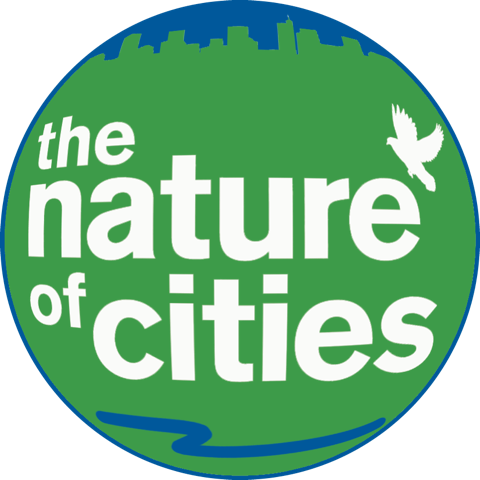
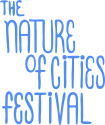
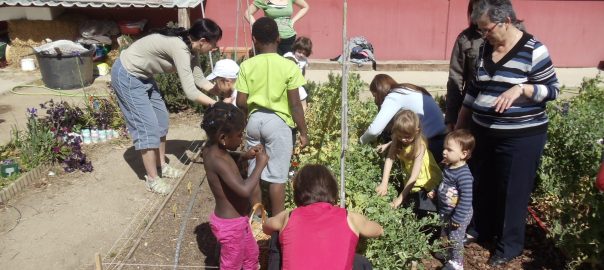
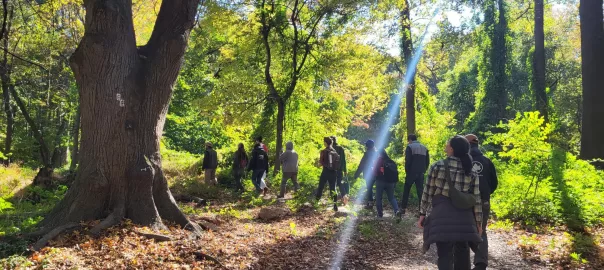
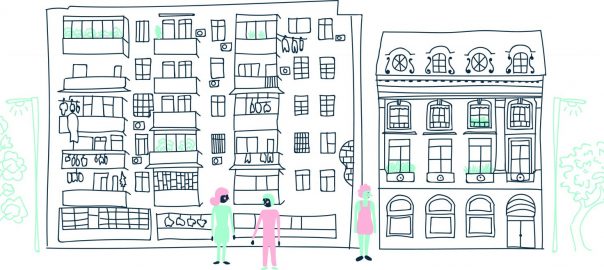
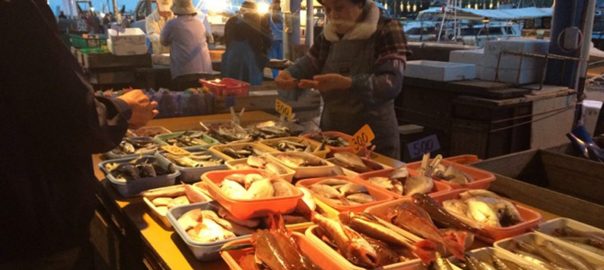
Leave a Reply